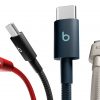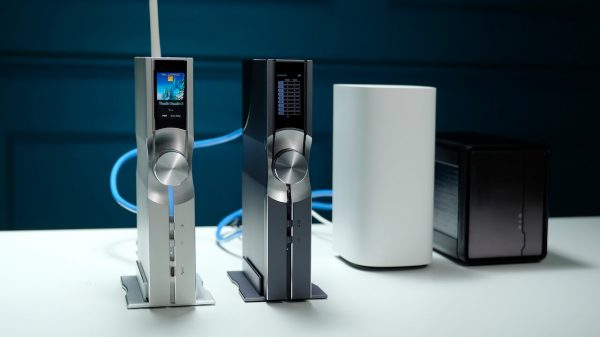Seoul, Korea (November 16, 2006) — Seoul Semiconductor [KOSDAQ 046890], the country’s leading LED producer, announced today that it had succeeded in mass producing its semiconductor lighting source Acriche, which can be directly connected to 110 volt or 220 volt AC outlets using a simple circuit, eliminating the need for a DC converter. The launch was announced simultaneously in five regions: Korea, U.S., Germany, Japan, and Hong Kong.
As conventional LED products can only work with DC power in AC outlets, it was previously impossible for consumers to use LED products with AC light bulb outlets without using a converter.
“This latest technological breakthrough was not expected by the LED industry,” said Lee Jung-Hoon, CEO of Seoul Semiconductor. “Now that mass production of semiconductor lighting for AC outlets is possible, LED applications are no longer limited to cell phones, computers or cars, but can expand to general lighting applications as well.”
Acriche offers improved power efficiency compared to incandescent and halogen lamps, and outpaces fluorescent lamps in terms of life span, power usage, and convenience.1) Seoul Semiconductor is planning to improve Acriche’s brightness from current 40 lm/w to 80 lm/w by 4Q 2007 and to 120 lm/w by 4Q 2008.
Acriche’s lifespan is also superior to other existing light products. Acriche lasts 30,000 hours, compared 1,000 hours for incandescent lamps, 3,000 hours for halogen lamps, and 8,000 hours for fluorescent lamps. By using Acriche, electricity costs are greatly reduced, costing consumers 75% less than incandescent lamp and 40% less than general fluorescent lamp.
Furthermore, Acriche can also serve to help maintain health and express one’s personality. Using different wavelengths, Acriche can be used for various purposes: a bright light for studying, a warm light for winter, a cooler light for summer, a night-light for sleeping, and so on.
Acriche is also expected to help the environment, as it requires less electricity to operate. For example, if Acriche replaces all the lights in Korea by 2010, the electricity savings would reach 60 billion kWh, which is equivalent to a nuclear power plant’s output, saving 6 million tons of CO2 emission a year. Also, Acriche is environmentally friendly, as it does not contain environmentally harmful substances such as mercury, nitrogen or lead like other conventional lights.
The marketability of Acriche is proven. Even before today’s announcement, a recent report from Display Asia declared that LED is rapidly replacing current light sources. Seoul Semiconductor believes that the development of Acriche has accelerated this scenario. Acriche sales are expected to reach 20 billion Korean won by 2007, 100 billion in 2008 and 300 billion in 2009.
The development of Acriche was made possible because Seoul Semiconductor successfully developed a packaging process for the semiconductor chip that works with AC, which Seoul Optodevice Co., Ltd developed. Seoul Optodevice has the patent for this chip, which it developed and improved, and the company also has more than 100 patents for this upgraded chip.
Seoul Semiconductor is planning to sell Acriche to its key customers first, and planning to expand its supply to general lighting companies early next year. Seoul Semiconductor has finished patent registration and application in several countries, and plans to occupy and expand this market.
# # #
1): Comparison by lighting source chart is available at http://www.marketwire.com/mw/release_html_b1?release_id=184915
Seoul Semiconductor Co., Ltd
Seoul Semiconductor, an LED producer and solution provider, was established in 1987, and is currently the top Korean LED manufacturer and of the top 10 in the global market in terms of sales. The company has three corporate offices and nine offices outside of Korea. Seoul Semiconductors primary products include Side View Top, Top, Chip, Lamp, High Flux LED and more. Applications for these products include mobile phones, TVs, notebook computers, interior light bulbs, and cars. Seoul Semiconductor currently has 804 material patents and 70 exclusive licenses, and is planning to have 1,000 patents by the end of 2006. Seoul Semiconductor reported total sales of KRW 147.3 billion, and had 873 employees (R&D 132) as of September 2006.
























